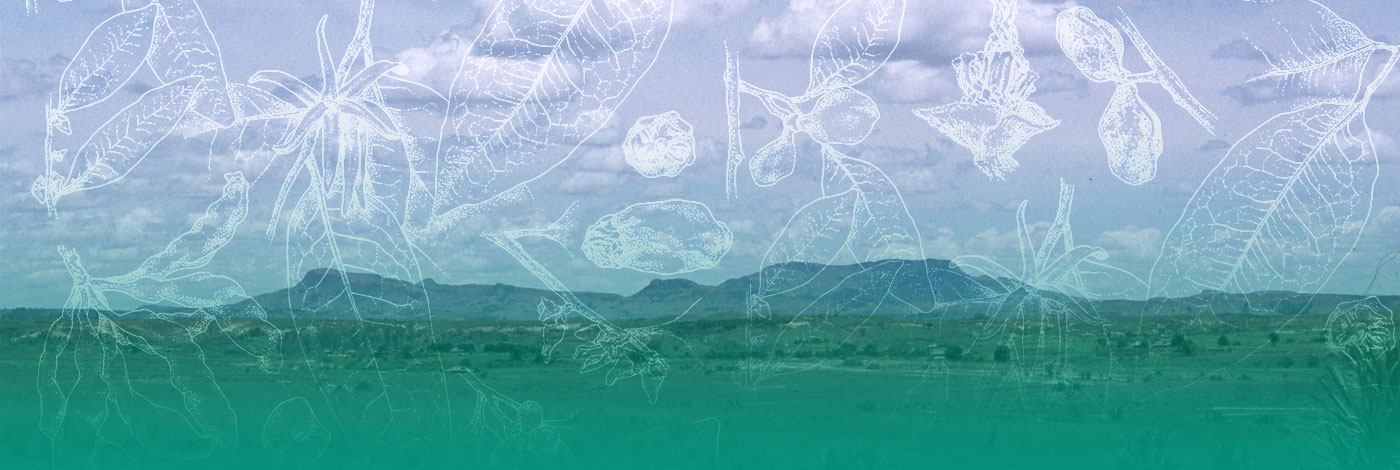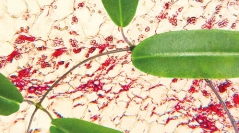

 Adansonia
43 (3) - Pages 19-30
Adansonia
43 (3) - Pages 19-30The anatomical and morphological structure of the seeds and vegetative organs of the endemic caudiciform plant of South Africa Petopentia natalensis (Schltr.) Bullock (Apocynaceae) has been investigated at different stages of ontogenesis: seedlings, juvenile and immature plants. It has been noticed that endosperm of P. natalensis seeds is developed similar to endosperm of seeds of mesophytic representatives of the Apocynaceae family. Seedling hypocotyl is also of mesophytic type in contrast to those of such succulents as Adenium obesum (Forssk.) Roem. & Schult. and Pachypodium lamerei Drake. In juvenile plants of P. natalensis the hypocotylous zone is constantly increasing to form an enlarged basal part of the stem. Conducting tissues have a different pattern of development in the hypocotyl and epicotyl. In the basal part of the stem they are represented by collateral vascular bundles scattered among the parenchymal cells, while in the climbing part of the stem, the conducting system is represented by a complete ring. Unlike other immature caudiform plants, P. natalensis has the bundle type of conducting system. As a rule, the basal expanded part of the P. natalensis stem is formed exclusively from the hypocotyl and it occurs mostly due to generation of abundant number of cortical and pith parenchymal cells.
Apocynaceae, South Africa, anatomy, seedlings, juveniles, immature plants, hypocotyl, succulence